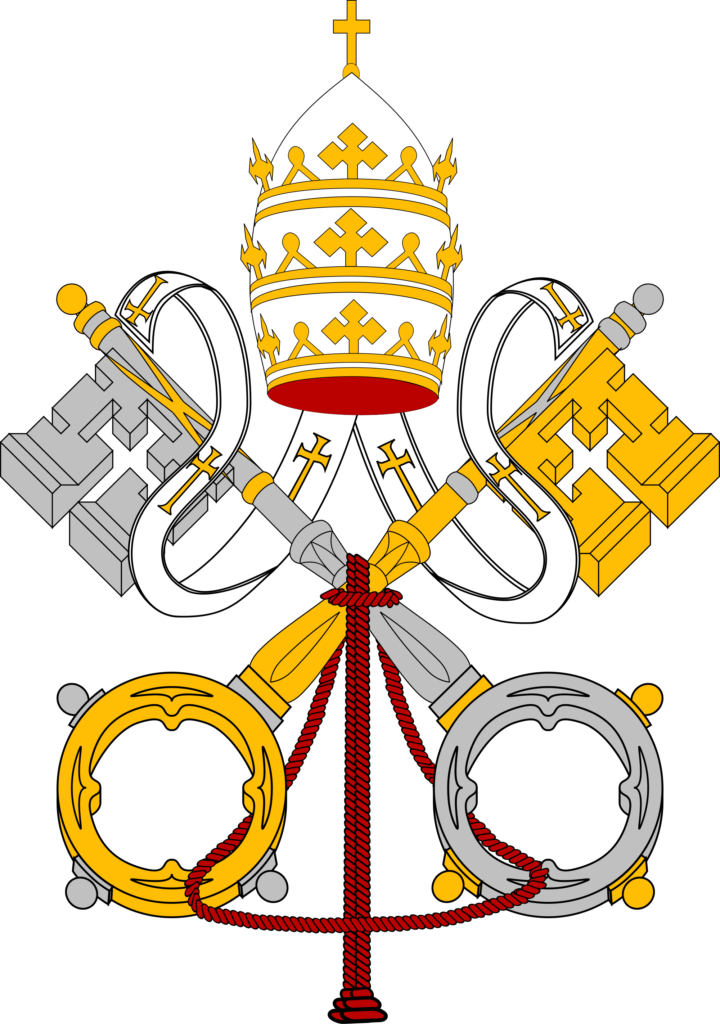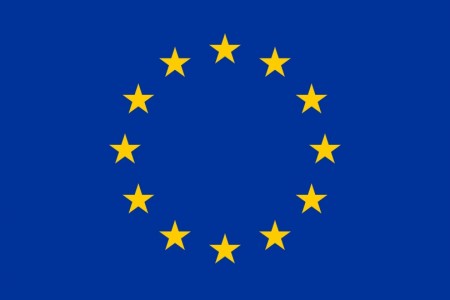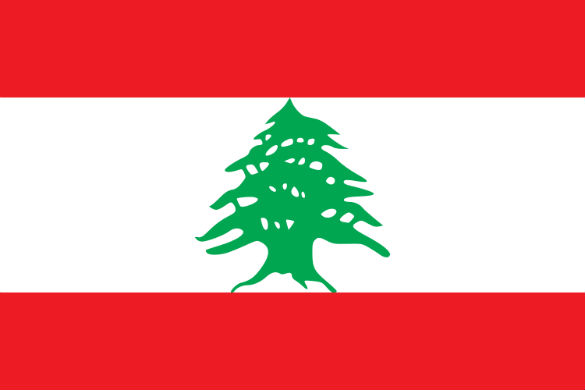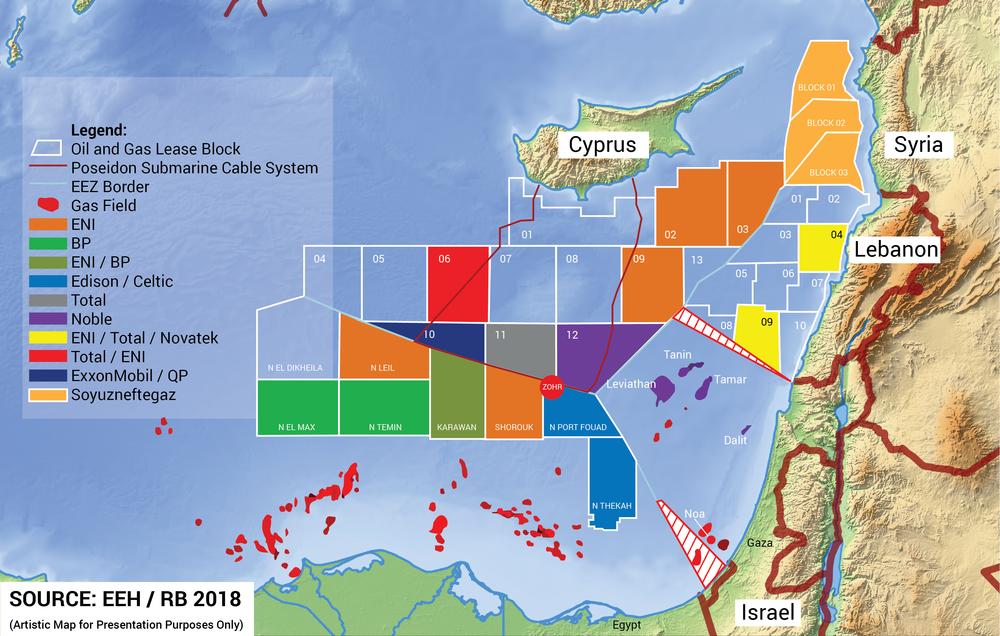
The degree to which Europe increases its use of gas will depend on the regulations put in place, on the efficiency of the emissions trading system and on the ability to prove the benefits brought by its use
This year Europe is facing a real winter, and many European households keep themselves warm with natural gas. Gas consumption in power generation is also growing and is a strong backup for the increasing levels of intermittent renewable energy. All told, more then a fifth of energy consumption in the EU comes from the use of gas. According to the Agency for the Cooperation of Energy Regulators (ACER) gas demand in 2016 rose by 7 percent compared to 2015, reaching 4962 TWh (terawatt hours). Gas is a cost-effective part of Europe’s energy mix, as the global market is well supplied and prices remain competitive with other fuels. The International Energy Agency (IEA) in its “Global Gas Security Review 2017” notes that natural gas is the cleanest and least carbon intensive fossil fuel and that it is expected to play a key role in the transition to a cleaner and more flexible energy system. In its World Energy Outlook’s central scenario, the IEA anticipates that natural gas will be the only fossil fuel that will maintain its share in the energy mix in the coming decades. The EU is an integral part of an increasingly globally interconnected gas market, but its own production, while significant, in 2016 supplied only 27 percent of demand, with a resultant huge reliance on both pipeline and LNG importation.
An efficient and liberalized interconnection
A clear asset of the European gas industry is its infrastructure network. Gas pipelines, distribution networks, LNG import terminals and underground storage provides necessary flexibility to the European energy system’s variable seasonal demand. After 30 years of progressive liberalization an interconnected gas market has emerged and continues to develop in the EU. A good indicator of this is the fact that 75 percent of its gas is priced to within EUR1/MWh of the gas trading hub in the Netherlands. Also significant gas flow fluctuations are accommodated smoothly, and that results in market participants being flexible in their response to changing market fundamentals. Developments in the LNG market, such as new supply routes like the Southern Corridor, additional interconnections in the internal energy market and new focused legislation have fundamentally improved the EU’s supply security. The fact that Russia has increased its market share to 34 percent doesn’t create worries, because this increase is happening in the competitive environment created by the third energy market legislation package. New gas discoveries close to the EU’s borders in the eastern part of Mediterranean and the final investment decisions made for the production from these sites provide an additional guarantee for a secure gas supply. Still the question is asked whether gas is a transition or destination fuel? Some voices are calling for an urgent phase-out of all fossil fuels, including natural gas.
On the positive side, while methane can leak if not properly handled from well to wheel, natural gas is the fossil fuel that emits the least greenhouse gases–about half the CO2 produced by burning coal if properly produced, transported and used. Gas is also well placed to supply back-up to intermittent renewable electricity because of its flexibility and short start-up times. Because of these qualities gas is sometimes referred to as a renewables best friend.
Nevertheless, on the negative side, natural gas is a fossil fuel that emits substantial amounts of greenhouse gases–with the risk that venting, flaring and leaking can more than offset gas advantages. According to Climate Action Tracker, full lifecycle emissions, including the fuel chain and also the manufacturing of energy conversion technology, implies emissions in the range of 410-650 g CO2 eq/kwh for combined cycle plants as the most effective combustion plants.
How to look at this contradiction? From one side, the use of gas leads to good public acceptance, a vibrant internal market and extensive infrastructure, all of which could provide for Europe’s future energy system. From the other side gas leads to greenhouse gas emissions that aren’t consistent with the fight against climate change. Industry wants policymakers to avoid picking winners in the fuel mix and instead focus on setting frameworks for fuels to compete on the basis of the three objectives: sustainability, affordability and security of supply.
Renewables increasingly in focus
Today the EU is clearly focused on the promotion of renewable energy. In 2015, renewable energy contributed 17 percent to total final energy consumption. There are indications that the stated objective of 20 percent of renewable energy in the EU’s energy mix will be reached by 2020. The European Commission in the “Clean energy for all Europeans” legislative package proposes an objective of 27 percent of the renewable energy share in total final energy consumption by 2030. The International Renewable Energy Agency (IRENA) in February 2018 published a study “Renewable energy prospects for the European Union.” It concludes that the EU could double the share of the renewable energy in the energy mix from 17 percent in 2015 to 34 percent in 2030 with existing technologies if the right enabling framework is established. The study emphasizes that all EU countries have the cost-effective potential to use more renewables and that to achieve this goal a yearly investment of USD 73 billion would be required. But even using all this renewable potential a majority of the energy supply in 2030 will be provided by fossil fuels. IRENA’s model shows that gas will be the most used fossil fuel in 2030, but the presence of coal will still be strong.
The EU, which accounts for about 10 percent of global GHG emissions, is firmly committed to fighting climate change under an ambitious reading and implementation of the Paris Agreement. The target is to cut the EU’s emissions by 80-95 percent by 2050, and that change requires that the EU’s electricity, transport and heating and cooling sectors be carbon free by that time. Achieving such objectives while reusing part of the existing infrastructures and changing much, but not all, of the existing energy system suggests that the strategy has to mobilize all existing assets in the most efficient way possible.
Blue gold as the route to low carbon transition…
Gas offers substantial potential to replace higher carbon emitting fuels to work in partnership with renewables to satisfy energy demand and flexibility needs. Increased electrification will drive some change in the role of gas in the energy mix and increased coordination between power and gas will be required to ensure the most efficient interaction to deliver baseload and peak energy demand.
For a successful future of gas use it is important that carbon pricing and trading are put on the right track. The revision of the EU Emission Trading System (ETS) for the period after 2020 anticipates that sectors covered by the ETS have to reduce their emissions by 43 percent compared to 2005. To this end the overall number of emission allowances will decline at an annual rate of 2.2 percent from 2021 onwards. This is a considerable increase from the existing phase, where an annual decline rate is 1.74 percent. We could expect a considerable increase in carbon prices, accelerating departure of coal use in the EU. Also, for gas as a fossil fuel carbon capture, usage and storage will be important. Demonstrating that all of this could be economically implemented and supported by an appropriate regulatory framework and favorable public opinion is crucial for the long-term future of natural gas use.
An interesting and promising avenue for the future of gas is decarbonization by increased use of renewable (green) gas. Renewable gas–biomethane and hydrogen notably–can be transported in existing gas pipes, even if with some adaptations. This would be at a fraction of the cost to carry the same amount of energy in the form of electrons, a ratio as much as one to ten in favor of gas. There is also clear political support for renewable gas. A good example is the recent announcement by France’s President Emmanuel Macron to support green gas production with a fund of 100 million euros. Macron has also promised to remove some administrative bottlenecks related to this project. Actually France’s energy transition law has a very ambitious target to provide 30 TWh from renewable gas in final energy consumption by 2030. Some experts believe that with appropriate support, the ambition could be even greater.
The EU has some experience in producing and using biomethane and hydrogen, but it is fair to say that there is a long way to go before renewable gas becomes a significant part of the energy mix, as volumes of biogas and biomethane have been very modest. In 2015 EU member countries–most notably the northwestern countries–produced biogas equivalent to less than 20 bcm of natural gas, thereby covering a mere 4 percent of total EU demand for gas. Only in Germany, which accounts for half of total EU production, can this be considered a significant resource at this stage. For reasons of cost and technical constraints, only a small part of the gas thereby produced has been injected into the natural gas grid, most of it being used to produce heat and power locally. To understand how ambitious objectives could be in the years to come, one must consider a variety of bottlenecks in the production, transport, storage and application of renewable gas.
… And the near future is in biogas
To start with what already works, sufficient knowledge and techniques are presently available to produce biogas from landfills and sewage mostly using anaerobic digestion technology. CO2 needs to be removed from produced biogas and other purification must be carried out to get biomethane that meets the necessary standards to be injected into the natural gas grid. Such upgrading is, of course, costlier if applied to the relatively small volumes available from given farm or landfill. The gasification of woody biomass could produce higher volumes and help scale up installations, but so far such technology is still used only in pilot projects.
A lot of expectations are put on producing renewable gas from renewable electricity. The surplus of intermittent solar and/or wind energy could be stored in the form of hydrogen by running at least part of such surplus through electrolyzers. Today, such a surplus translates into negative prices in the wholesale power market. Doing so on a large scale is being considered in connection with large North Sea offshore-wind projects. Breakthroughs are still needed, however, in power-to-gas technologies, as electrolyzers able to work intermittently are presently costlier to build and operate. The significant capital costs also need to be spread over enough hours and days of operation to make the per gas-unit cost acceptable.
Renewable gas could be transported by trucks, dedicated pipelines and the EU-wide natural gas grid. It would be especially convenient to use the existing grid for transporting renewable gas. Hydrogen can be injected into the natural gas grid, but it influences combustion behavior and materials integrity, which sets limits. Also, a higher flow rate is required to meet demand, because hydrogen’s volumetric energy density is substantially lower than natural gas. As for biomethane, its injection is less constrained than that of hydrogen, provided that gas quality checks have been carried out. Today each EU country has established its own limitations, and regulations related to injections of hydrogen can differ widely even between neighboring coun-tries. Challenges also exist when one envisions the storage of significant volumes of renewable gas, notably hydrogen. Methanization can then appear as an attractive alternative, as hydrogen can also be turned into methane when combined with CO2, and this does away with technical constraints regarding transport and use. The challenge then arises as to which sources of CO2 would be acceptable and/or preferable to produce biomethane.
Biomethane could substitute natural gas in almost every sector and application. In industry, renewable gas could serve both as an energy source and a feedstock. It could be used for residential sector heating. By contrast, hydrogen today is used mostly in industry. A hydrogen-driven economy will therefore require a more pro-found transformation. In mobility the potential use of renewable gas is substantial with the exception of air transport. While some countries have developed very significant fleets of gas-powered vehicles, in many others use of renewable gas in transport is hampered by the lack of refueling infrastructure. The interesting breakthrough for the use of renewable gas could come with decreasing costs for hydrogen fuel cells vehicles.
The decarbonization of the gas sector could develop step by step. In this respect certificates, whether Guarantee of Origin (GoOs) certificates for green gases or CO2 certificates used as offsets could play a role in facilitating acceptance and lowering costs. Altogether, it is correct to say that measures to promote renewable gas are relevant to all elements of the gas value chain.
A key role in Europe’s energy economy
Gas–both natural and renewable– clearly has a place in Europe’s future energy economy. The part of it in the EU’s energy mix will depend on political frameworks put in place, from the efficiency of an improved emission trading system and from the gas industry demonstrating the benefits of gas use in decarbonized energy system. It is difficult to speculate about the part of gas in the EU’s energy mix by 2050. We could try to extrapolate the results of the aforementioned study by IRENA: “Renewable energy prospects in the European Union.” At the level of 27 percent in the EU’s energy mix by 2030, fossil fuels will have a share of 62 percent. The part of natural gas from this share is roughly 40 percent and that would mean 25 percent for natural gas in the energy mix. Renewable gas could grow in the period to 2030 to 8-12 percent from the current 4 percent level of natural gas consumption. With the growth of the renewable component of the energy mix, fossil fuels will decline, but the part of natural gas in the fossil fuels is increasing. All this could bring an increased share of gas in the EU’s energy mix.
Andris Piebalgs
Politician and diplomat, he is a councilor of the President of Latvia and he was European Commissioner for Energy (Barroso I) and for Development (Barroso II). He was also a minister of Finance and Public Education of Latvia, in addition Chairman of the commission for the budget and finances of Parliament. Finally, he was a Latvian ambassador at the EU.













